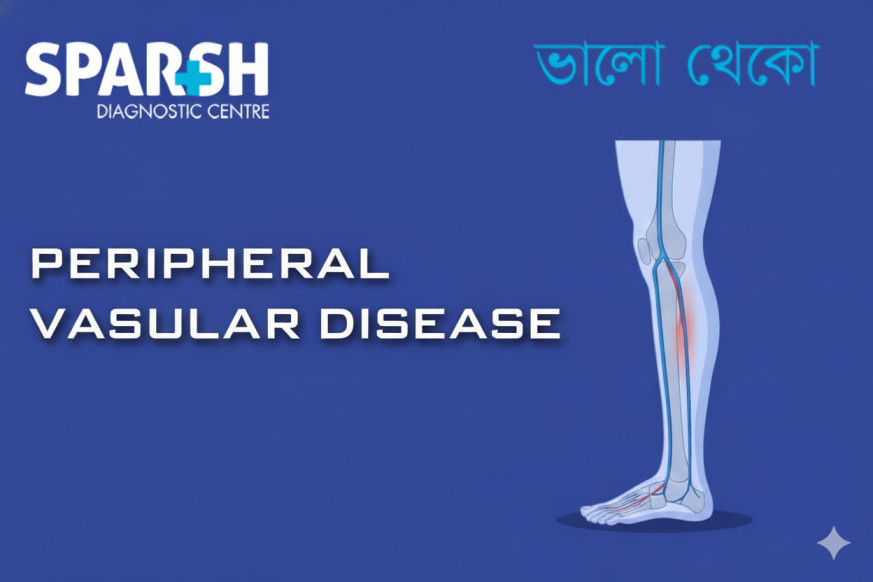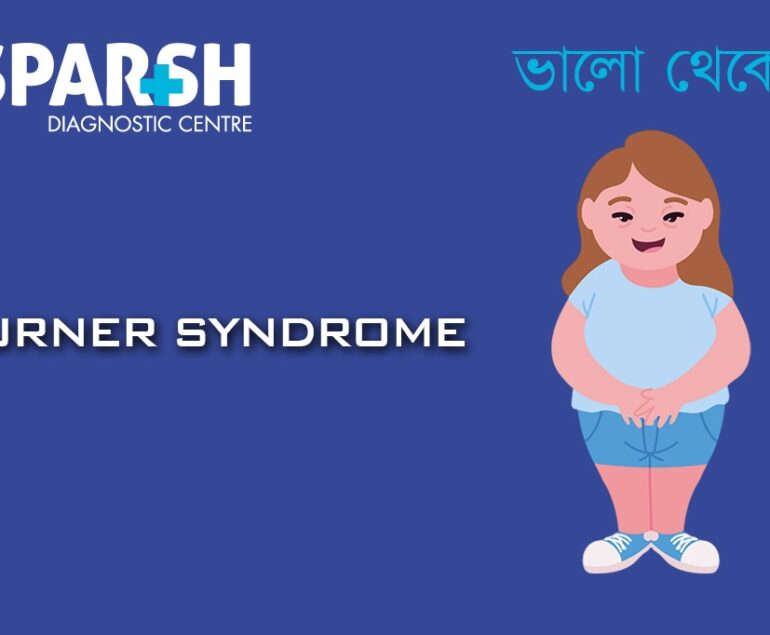Peripheral Vascular Disease (PVD) is a progressive circulatory disorder that affects blood vessels outside the heart and brain. Most commonly, it involves the narrowing or blockage of arteries in the legs due to atherosclerosis—a buildup of fatty deposits. PVD can lead to pain, mobility issues, and even limb loss if left untreated.
What Is Peripheral Vascular Disease?
PVD refers to any disorder that affects blood vessels outside the central cardiovascular system. While it can involve veins and lymphatics, it most often refers to Peripheral Artery Disease (PAD), where arteries supplying the limbs become narrowed or blocked.
Causes of PVD
The primary cause of PVD is atherosclerosis, a condition where plaque builds up in the arteries. Other contributing factors include:
- Diabetes
- Smoking
- High blood pressure
- High cholesterol
- Obesity
- Sedentary lifestyle
- Inflammatory conditions like vasculitis
These factors damage the endothelium (inner lining of blood vessels), triggering plaque formation and reduced blood flow.
Symptoms of PVD
Symptoms vary depending on the severity and location of the blockage. Common signs include:
- Intermittent claudication (leg pain during walking)
- Numbness or weakness in limbs
- Coldness in lower legs or feet
- Sores or ulcers that don’t heal
- Shiny skin or hair loss on legs
- Erectile dysfunction in men
In advanced cases, critical limb ischemia may occur, leading to gangrene and potential amputation.
Diagnosis of PVD
Early diagnosis is key to preventing complications. Diagnostic methods include:
- Ankle-Brachial Index (ABI): Compares blood pressure in the ankle and arm
- Doppler Ultrasound: Visualizes blood flow in vessels
- Angiography: Uses contrast dye and imaging to detect blockages
- MRI or CT scans: Provide detailed views of blood vessels
Treatment Options
Treatment aims to restore blood flow and prevent progression. Options include:
1. Lifestyle Changes
- Quitting smoking
- Regular exercise (e.g., walking programs)
- Healthy diet (low in saturated fats and refined sugars)
2. Medications
- Antiplatelet drugs (e.g., aspirin)
- Cholesterol-lowering statins
- Blood pressure medications
- Cilostazol or pentoxifylline to improve walking distance
3. Surgical Interventions
- Angioplasty and stenting
- Bypass grafting
- Endarterectomy (removal of plaque)
Prevention Strategies
Preventing PVD involves managing risk factors:
- Control diabetes and hypertension
- Maintain healthy weight
- Avoid tobacco
- Monitor cholesterol levels
- Stay physically active
Regular check-ups and early screening are essential, especially for individuals over 50 or with a family history of cardiovascular disease.
Complications of Untreated PVD
If left unmanaged, PVD can lead to:
- Chronic pain and disability
- Non-healing wounds
- Limb amputation
- Increased risk of heart attack and stroke
Who Is at Risk?
PVD is more common in:
- People over 60
- Smokers
- Diabetics
- Individuals with high cholesterol or hypertension
- Those with a sedentary lifestyle
Global Impact
PVD affects millions worldwide. Studies show that over 20% of people aged 80 and above have some form of PVD. Awareness and early intervention can significantly reduce its burden.
Frequently Asked Questions (FAQ)
Q1: Is Peripheral Vascular Disease the same as Peripheral Artery Disease?
Not exactly. PVD is a broader term that includes both arterial and venous disorders. PAD refers specifically to arterial blockages.
Q2: Can PVD be reversed?
While damage from atherosclerosis can’t be fully reversed, lifestyle changes and medications can halt progression and improve symptoms.
Q3: What is the best exercise for PVD?
Supervised walking programs are highly effective. Start slow and gradually increase duration and intensity.
Q4: Is PVD life-threatening?
It can be if left untreated. PVD increases the risk of heart attack, stroke, and limb loss.
Q5: How is PVD different from deep vein thrombosis (DVT)?
PVD typically affects arteries, while DVT involves blood clots in deep veins, often in the legs.
Q6: What foods help with PVD?
A heart-healthy diet rich in fruits, vegetables, whole grains, lean proteins, and omega-3 fatty acids can support vascular health.
Peripheral Vascular Disease is a serious but manageable condition. With early detection, lifestyle changes, and appropriate treatment, patients can lead active, healthy lives. If you experience leg pain or numbness, consult a healthcare provider for evaluation.
#BhaloTheko
Disclaimer:
No content on this site, regardless of date, should ever be used as a substitute for direct medical advice from your doctor or other qualified clinician.

![]()






[…] Peripheral vascular disease […]
[…] a circulatory problem where narrowed arteries reduce blood flow to your limbs. It’s a type of peripheral vascular disease (PVD), which refers to disorders of blood vessels outside the heart and brain. The reduced blood flow can […]